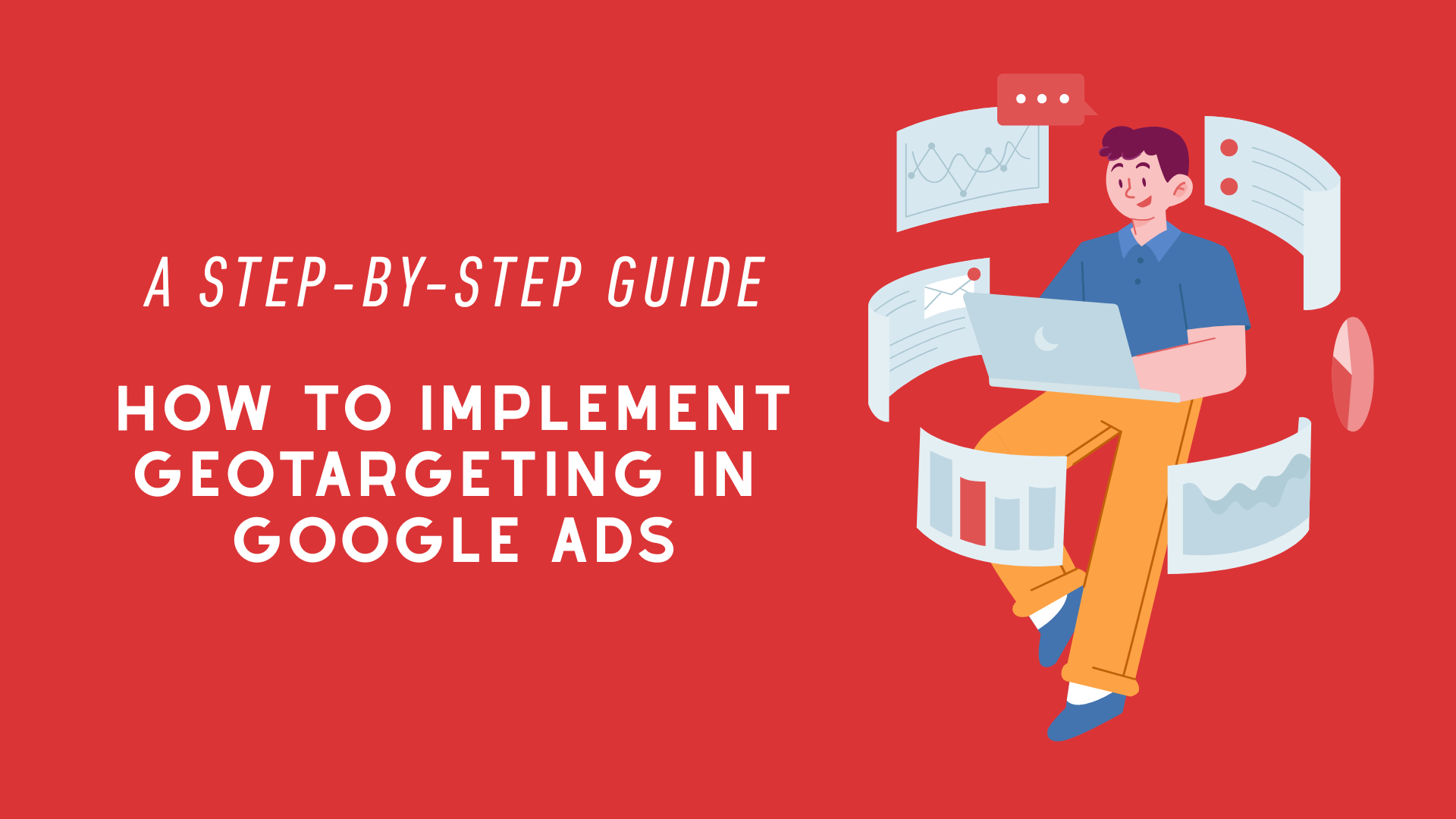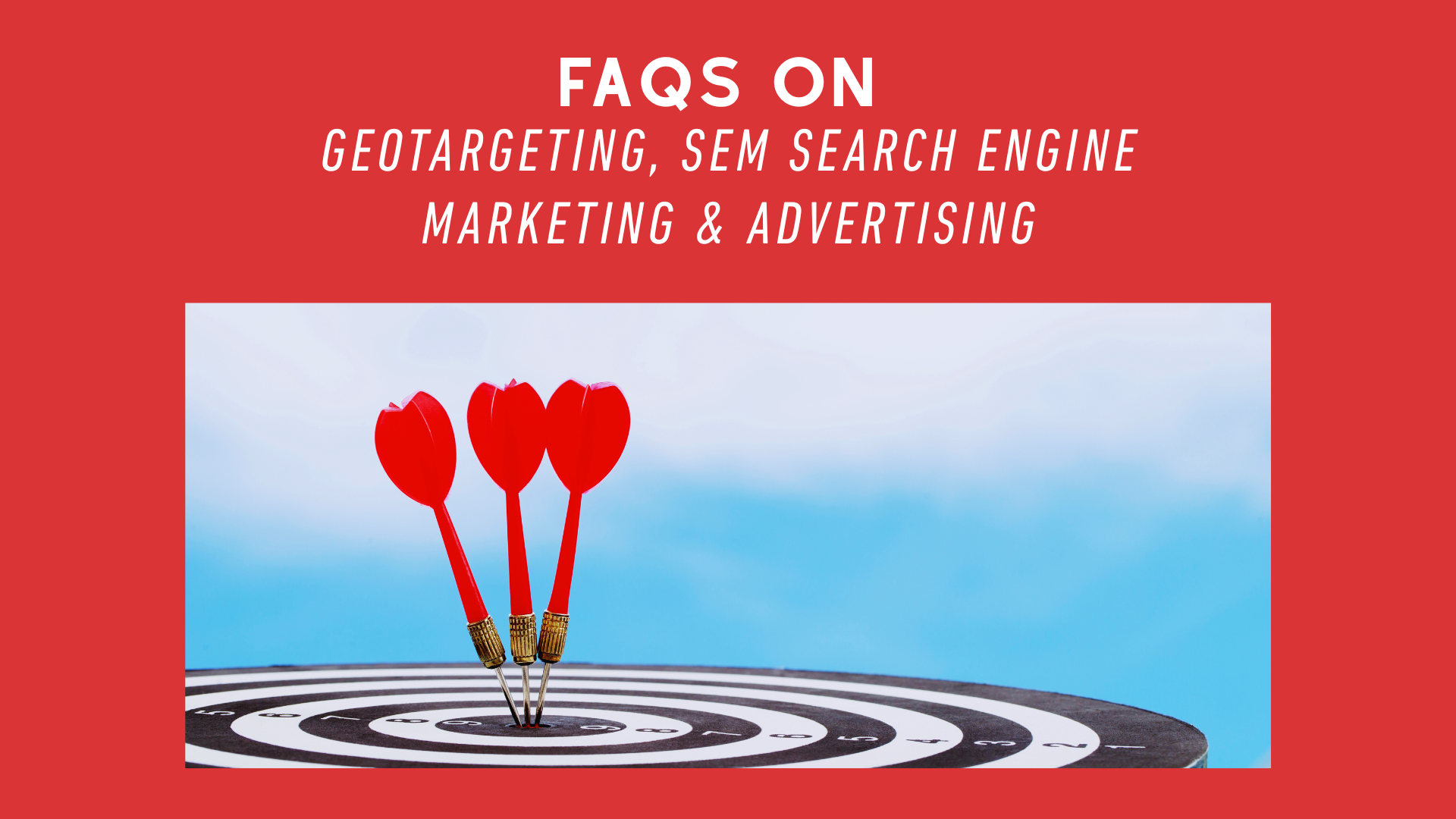
To boost visibility on search engines, many businesses use geotargeting to make their Search Engine Marketing (SEM) campaigns more effective. For Singaporean businesses—especially SMEs—applying geotargeting in Google Ads can greatly increase ad relevance, audience engagement, and return on investment.
Discover advanced geotargeting strategies, how to implement them in your campaigns, and the common pitfalls to avoid—all tailored to the Singapore market.
Understanding Geotargeting in Google Ads
Geotargeting involves delivering content or advertisements to users based on their geographic location. In Google Ads, this means setting parameters that ensure your ads are displayed to potential customers in specific regions, cities, or even within a defined radius.
For businesses focusing on SEM in Singapore, this precision ensures that marketing efforts are concentrated on the most relevant audiences.

Benefits of Geotargeting for Singaporean Businesses
- ✅ Enhanced Ad Relevance: Tailoring ads to specific locales increases their relevance to the target audience.
- ✅ Optimised Budget Allocation: Focusing on high-performing regions ensures an efficient use of advertising budgets.
- ✅ Improved Conversion Rates: Localised messaging resonates more effectively, leading to higher engagement and conversions.
Common Mistakes to Avoid in Geotargeting
- ❌ Overly Broad Targeting: Casting too wide a net can lead to wasted ad spend on irrelevant audiences.
- ❌ Neglecting Location Exclusions: Failing to exclude non-serviceable areas can dilute campaign effectiveness.
- ❌ Ignoring Performance Data: Not regularly analysing location-based performance metrics can result in missed optimisation opportunities.
- ❌ Static Campaigns: Not updating geotargeting settings based on evolving business operations or market trends can render campaigns obsolete.
Advanced Geotargeting Tactics
1. Country and Regional Targeting
For businesses operating across multiple countries or regions, Google Ads allows targeting at both macro and micro levels. Ads are displayed based on a user’s country or region, making this approach suitable for brands operating at scale.
For instance, a Singapore-based company aiming to expand into Malaysia can create campaigns specifically targeting users in Kuala Lumpur or Johor Bahru, tailoring ad content to local preferences and languages.
- To Note: Know what your ad goals are and set up regional targeting accordingly.
2. City and Postal Code Targeting
Focusing on specific cities or postal codes enables businesses to reach local audiences with precision. This is particularly beneficial for services that are location-dependent. Businesses can target potential customers within specific zones such as the Central Business District (CBD) or residential hubs like Punggol and Tampines.
Highly precise, city and postal code targeting is especially effective in industries like real estate, hospitality, and professional services.
- To Note: This precision may limit reach, especially if customers are willing to travel outside their local zones for services.
3. Radius (Proximity) Targeting
Radius targeting allows advertisers to set a specific distance around a location to display ads. This tactic is excellent for businesses that depend on walk-in customers, such as retail shops, clinics, or cafés. A café in Orchard Road can set a 2 km radius to attract nearby shoppers and tourists.
- To Note: It may unintentionally exclude audiences in high-density or remote areas who may still be viable customers.
4. Location Exclusion
The ability to exclude certain areas where your services are unavailable or unprofitable is equally important. This prevents wasted ad spend on audiences outside your operational zones.
For instance, a delivery service operating only in central Singapore can exclude ads from displaying in outlying regions like Sentosa or Pulau Ubin.
- To Note: Only use this where necessary and check that you do not exclude the wrong areas.
5. Demographic Layering within Geotargeting
Combining geographic targeting with demographic data enhances ad personalisation. Google Ads’ Detailed Demographics feature allows targeting based on age, gender, parental status, and household income within specific locations.
For example, luxury brands in Singapore can target high-income individuals in affluent districts like Bukit Timah and Orchard.
- To Note: This is best used once you know your target audience and customer profile. Recommended to use this in combination with further optimisations.
6. Utilising Location-Based Keywords
Incorporate location-specific keywords into your ad copy and landing pages to improve relevance and Quality Score. Terms like “best digital marketing agency in Singapore” or “affordable SEM services in Singapore” can attract users searching for localised solutions.
- To Note: Review the copy to ensure it sounds natural and professional, and it will resonate with your target audience.
7. Weather-Based Targeting
An innovative tactic that displays ads based on real-time weather conditions. It is especially useful for businesses that experience demand fluctuations due to climate changes—such as beach resorts, heating and cooling services, or outdoor equipment retailers.
- To Note: Implementation involves using Google Ads scripts or integrating third-party weather APIs to automate triggers based on weather conditions in specific areas.
8. Competitor Location Targeting
This aggressive strategy targets users near competitor locations to redirect potential customers. Commonly seen in industries like retail, hospitality, and automotives. A hotel in Bugis, for instance, can run ads to attract users near a competitor in Orchard, emphasising lower prices, better reviews, or unique amenities.
- To Note: To execute this, map competitor addresses and set up radius-based targeting around those points, while crafting compelling ad copy.
8. Ad Scheduling by Location
Use performance data to identify peak engagement times in specific areas and schedule your ads to appear during those windows. For example, if your data shows that users in Tampines are more active on weekday evenings, running ads during those times can boost visibility and increase conversions.
- To Note: You’ll need to invest some time to gather sufficient data to fine-tune your ad schedule effectively.
9. Leveraging Google My Business Integration
Integrating Google Business Profile Listings with your Google Ads account enhances local search presence.
This integration allows your ads to display location extensions, providing users with essential information like address, operating hours, and directions, thereby boosting credibility and engagement.
- To Note: A minimum of 1 Google Business Profile Listing (1 location) must be created before the integration.
10. Monitoring and Adjusting Bids Based on Location Performance
It is important to regularly review location performance reports to identify high and low-performing areas.
Adjust bids to allocate more budget to regions yielding better results and reduce spend in underperforming locations. This data-driven approach ensures optimal budget utilisation.
- To Note: Review the performance and data collected and tweak your geotargeting strategy.
How To Implement Geotargeting in Google Ads: A Step-by-Step Guide 🔍

- Access Campaign Settings: Log into your Google Ads account and select the desired campaign.
- Navigate to Locations: Click on the “Locations” tab to manage geographic targeting settings.
- Add Targeted Areas: Enter specific countries, regions, cities, or postal codes you wish to target.
- Set Radius Targeting: Choose the “Radius” option to define a proximity around a location.
- Exclude Locations: Specify areas where you do not want your ads to appear.
- Apply Demographic Filters: Within the targeted locations, apply demographic filters to refine your audience further.
- Save and Monitor: Save the settings and continuously monitor performance, making adjustments as necessary.
The Takeaway: Geotargeting to Optimise Ad Spend
Geotargeting isn’t just about narrowing your audience—it’s about connecting your ads to real-world user behaviour, location-based intent, and timing.
When done right, it helps drive higher conversions, minimise ad waste, and boost your brand’s relevance in local search results. At VISIBILITI, one of Singapore’s leading SEM agencies, we believe geotargeting—when paired with smart performance marketing strategies—delivers exceptional precision and ROI for our clients.
Whether you’re scaling your SEM efforts, aiming to dominate local search, or refining your Google Ads campaigns, geotargeting offers the strategic edge you need to stand out and stay ahead.
Talk to Us about SEM Google Ads for Your Business
📌 Frequently Asked Questions (FAQs) on Geotargeting, SEM Search Engine Marketing and Advertising

Geotargeting allows advertisers to show their ads to users based on geographic locations like country, region, city, or radius around a specific point.
Talk to Us about Search Engine Marketing (SEM) for Your Business
Related Posts
Achieve your business goals with qualified leads and sales through Digital Marketing

All
Articles
All Articles

Digital Marketing
Digital Marketing

Business Insights
Business Insights

TikTok Marketing
TikTok Marketing

Search Engine
Marketing (SEM)
Search Engine Marketing (SEM)

Search Engine
Optimization (SEO)
Search Engine Optimization (SEO)

Social
Media Marketing (SMM)
Social Media Marketing (SMM)
